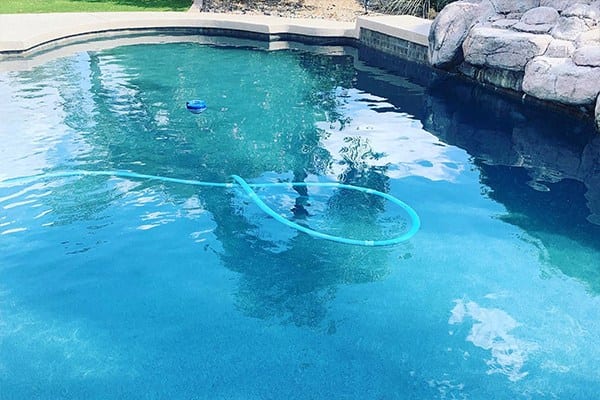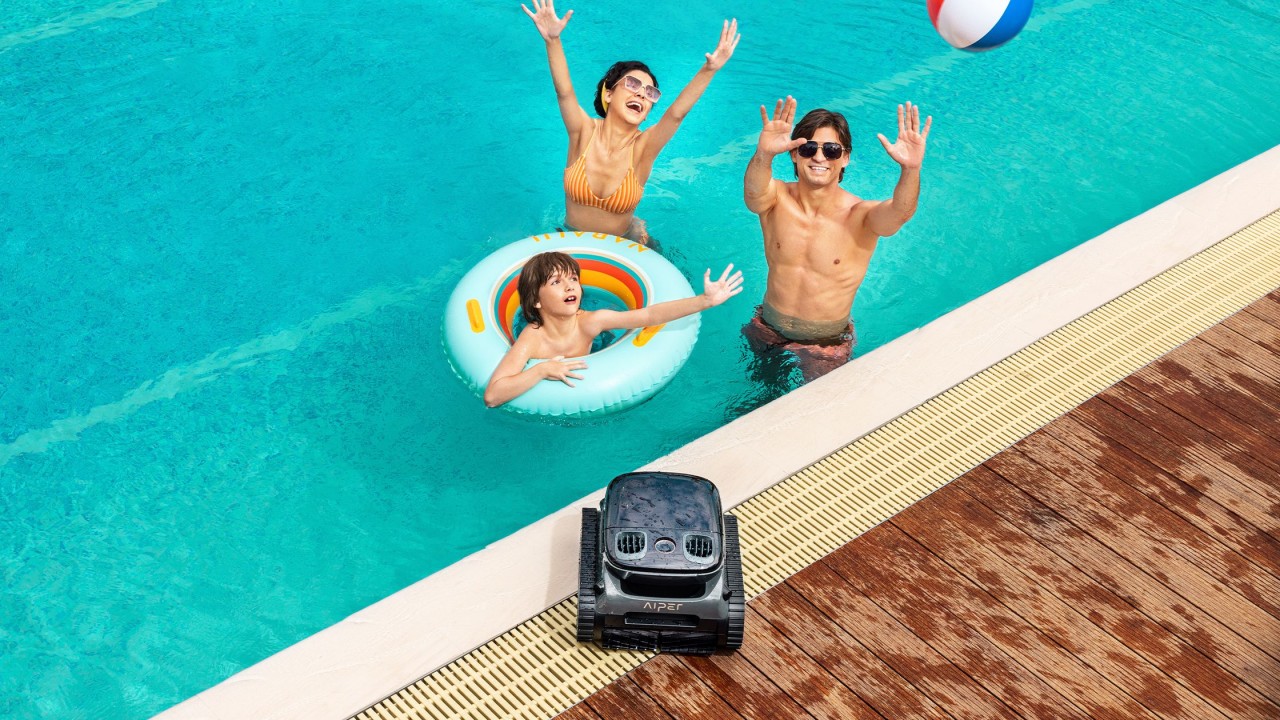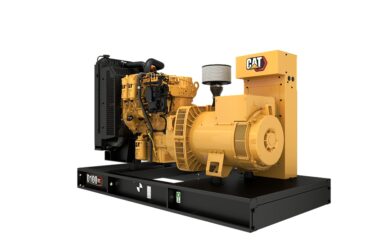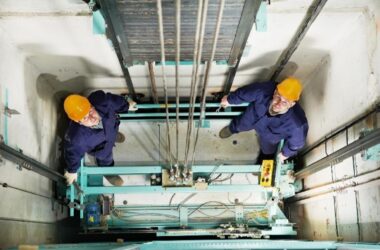When it comes to owning a swimming pool, one of the most significant investments you can make is in a reliable pool cleaner. Whether you’re upgrading your current model or purchasing your first one, understanding the features that matter most can help you make an informed decision. With so many options available, it can be difficult to know where to start. This comprehensive guide will break down the key features you should look for when purchasing a pool cleaner, ensuring that your investment delivers lasting results with minimal maintenance.
Power and Suction Strength: The Heart of Pool Cleaning
A pool cleaner’s power and suction strength is one of the most important factors to consider when choosing a pool cleaner. Some of the most important things to consider when you’re buying your pool cleaner is the suction power because it depends a lot on the ability of the cleaner to suck up the debris, dirt, and leaves. A strong suction cleaner will always pick up even the toughest bits of debris and should be a necessary purchase for your pool — if you want to keep it looking pristine.
The suction strength is critical for pools with many debris on a particular surface type. For example, they are a pool with a rough or textured surface or leaves that need a power cleaner. Generally, being robotic, robotic pool cleaners will boast stronger suction power than a suction side cleaner, which relies on the pool’s filtration system for suction.
In terms of suction power, choose cleaners that have adjustable suction settings. These settings let you tweak the power depending on your pool’s needs. This feature will allow you to optimize your cleaning process and ensure that your cleaner is as effective as possible.
Navigation Technology: Ensuring Efficient Coverage
Modern pool cleaners have advanced navigation technology that allows them to move around the pool, cleaning every corner without missing a spot. Different pool cleaners use varying navigation methods, which directly affects their cleaning performance.
Robotic pool cleaners often feature sophisticated algorithms that map the pool and calculate the most efficient cleaning path. These models may also use sensors to detect obstacles or areas that need more attention. The best pool cleaner models use intelligent navigation to ensure complete pool coverage, reducing the chances of the cleaner missing a spot or getting stuck.
On the other hand, suction and pressure-side cleaners may rely on the pool’s water flow to navigate. These cleaners typically follow a random pattern, meaning they may cover the same area multiple times or miss certain spots, depending on their design. For larger pools or complex shapes, investing in a cleaner with advanced navigation is a good way to ensure that your pool gets thoroughly cleaned.
Energy Efficiency and Runtime: Get More for Your Money
Energy efficiency is another key feature to consider when purchasing a pool cleaner. A more energy-efficient model will reduce electricity costs and provide more value for your money. Your cleaner’s runtime can also impact your utility bills, so it’s important to understand how long it takes for your cleaner to complete its cycle and how often you’ll need to use it.
Robotic pool cleaners are generally more energy-efficient than suction-side or pressure-side cleaners because they are self-contained and do not rely on your pool’s pump or filtration system. These models use less energy, especially if they feature a smart operation mode that adjusts the cleaning process to minimize power consumption. On the other hand, suction-side and pressure cleaners can use a lot of energy as they rely on the pool’s filtration system to operate, which may cause higher electricity usage.

When assessing energy efficiency, the runtime must also be considered. Some robotic pool cleaners offer a faster cleaning cycle, reducing the overall running time, while others may take longer to clean your pool thoroughly. Ideally, you want a model that can clean your pool efficiently without excessive energy consumption or an overly long cycle time.
Cleaning Cycle Time and Performance on Different Surfaces
The pool cleaner cleaning cycle time is the length of time it will take the pool cleaner to complete one full cleaning session. The size of your pool and how much debris it has will dictate the type of cleaner you’ll need and how fast it needs to do its job. Just because a model takes a longer cleaning cycle doesn’t necessarily mean it’s better because there are models that can take hours to clean. In contrast, other models that clean that area faster and more efficiently may take a shorter time.
Look at the cleaner performance on varying pool surfaces besides cleaning cycle time. There are several different types of pools, including those of different shapes and sizes made from vinyl, fiberglass, and concrete. Every surface type brings its own cleaning problems. For instance, if your concrete surface is particularly dirty, you will probably need a cleaner with stronger suction and scrubbing ability, but if your vinyl pools are mostly clean, those surfaces will be gentler and more easily cleaned.
Robotic pool cleaners usually work well in areas since they each have different types of brushes and scrubbing mechanisms that transform with various pool types. When selecting a cleaner, always use a material suitable for your pool to avoid damaging your pool’s surface.
Durability and Construction: Built to Last
With periods of water, chlorine, and UV rays beating down on your pool cleaners over time, it can really show durability. Search for a cleaner that has been built out of high quality corrosion resistant materials because they will be able to withstand the harsh environment of your pool. For example, robotic cleaners should have plastic or stainless steel parts that are not easily damaged from the chemicals, that the wheels and brushes will not deteriorate quickly on rough surfaces, and so on.
When considering how durable a pool cleaner is, look also at the manufacturer’s warranty. A longer warranty period is often a sign of better construction, and it offers you peace of mind that the manufacturer’s company is behind its product.
Ease of Use and Storage
Your pool cleaner should be easy to use and store. Look for models with simple set-up and programming processes and easy-to-use controls. Many robotic cleaners come with an app on your smartphone that lets you schedule their cleaning cycles, check out what they’re doing, and even troubleshoot if something goes wrong.
It’s also important that robotic pool cleaners aren’t too bulky and that there is sufficient storage space. Some models include storage caddies or docking stations to keep your units organized when not in use. If space is limited, it makes sense to opt for a cleaner that can easily be taken apart and stored out of sight when the season ends.
Price vs. Value: Finding the Right Balance
Finally, when you choose the best pool cleaner, don’t forget whether the price pays off. High-end models will obviously have more advanced features and superior performance, but they will tend to be more expensive as well. If you have a small pool or don’t have a lot to clean, a mid-range model will generally have adequate performance without being exorbitantly expensive.
While they are more expensive, if you remember to invest in a high-quality cleaner, you’ll save money over time because it will be less likely to need replacing and requiring repairs. What’s also important is evaluating how much time and energy you’re putting into a cleaner that essentially requires next to no attention and deciding if you’re getting the value out of the cost versus the convenience and benefits you’re receiving.







